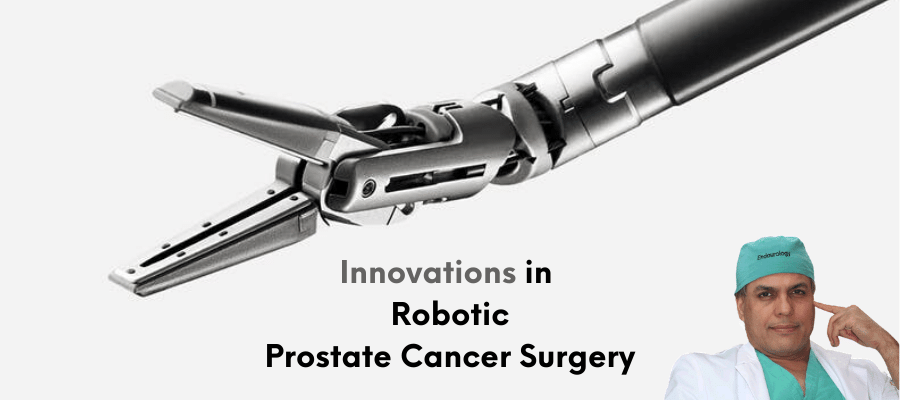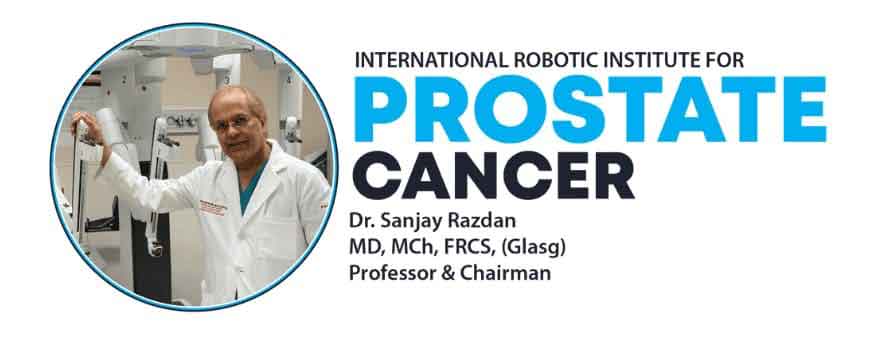
Today the standard of care for treatment of localized prostate cancer is the procedure called as Radical prostatectomy. Done with an open incision in the olden days it was a blind procedure due to the anatomical location of the prostate. Its removal was often associated with incontinence and erectile dysfunction. Being an open surgery recuperation in the hospital was for days.
Innovations in Robotic Prostate Cancer Surgery are happening at breakneck speed in the quest for superior outcomes when it comes to prostate cancer surgery. It all started with the advent of laparoscopic approach to the prostate which made the vision and accessibility to the deeply situated prostate a reality. Soon the novelty of laparoscopic approach was supremely overshadowed by the robotic approach. It is not the approach only which has radicalized the concepts of treatment but also the intraoperative surgical steps which have progressed to being safer and more outcome oriented. All the while not compromising on the cancer control.
Better vision and superior instrumentations enable surgeons to access the prostate better and indulge in precise nerve sparing surgery all the while endeavoring to save as much urethra as possible to preserve the continence as well. Continence and erectile dysfunction being the two most dreaded effects of radical prostatectomy. As compared to the conventional open surgery use of robotics alone has been instrumental in bring down the changes of these side effects to a minimum in experienced hands. Various techniques like the maximal urethral preservation technique, hood technique, Rocco stich etc. are all developed and used by different surgeons to preserve continence. Their being subtle difference among all these techniques, ultimately, all these innovations in robotic prostate cancer surgery help in early recovery of continence post operatively.
The final outcomes are also depended upon how the tissue reacts and recovers after surgery. Use of dehydrated amniotic membrane during surgery, a technique pioneered by Dr. Sanjay Razdan, leads to early recovery of the nerves responsible for erections. Besides, it also helps in the healing of the anastomosis leading to better control of the act of voiding.
Further advancing the robotic procedure, the da Vinci robotic system had now invented a single port system deploying three fully wristed instruments and a flexible camera through a single port.
It has been conclusively proven that the hospital stay is also reduced in the robotically done prostate due to the absence of skin incisions. Today patients are almost always sent home the next day. Some talented surgeons although have mastered the art of minimizing the trauma to the body leading to phenomenal recovery times of hours enabling them to let the patient go home the same day of surgery. The need of pain medication post-surgery is also substantially reduced, the surgery being done endoscopically.






